New Lantern
Designing the Future of Radiology: New Lantern Product Journey
AI
Healthcare
Product Design
SaaS
Startup
UX/UI
User Research
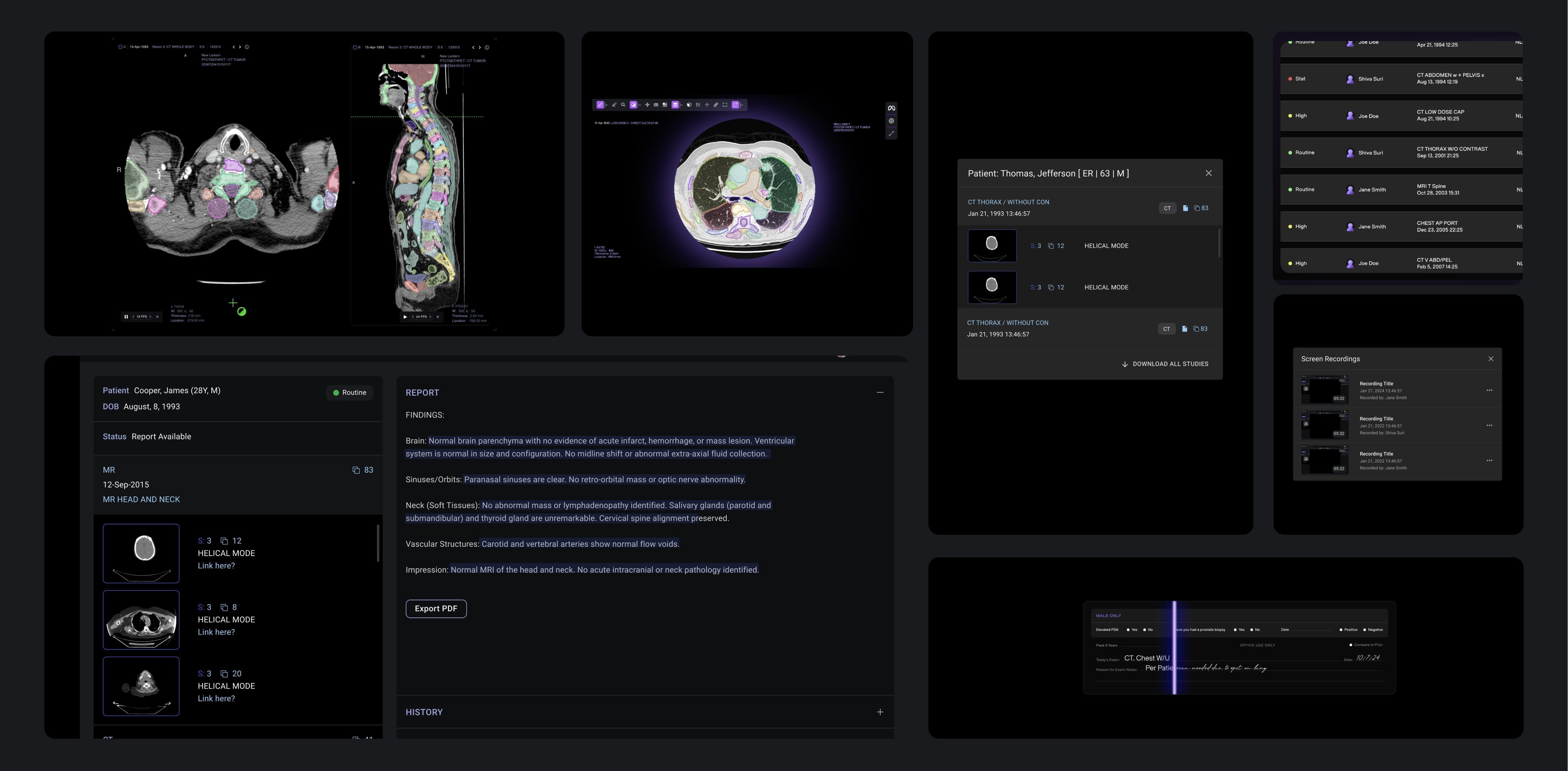
Company
Headquarters
San Francisco (Remote)
Role
Founding Designer
Timeline
2020-2022
Website
New Lantern is a health-tech startup revolutionizing radiology with cloud-native, AI-powered medical image analysis. By automating time-consuming tasks like image measurements, reporting, and case prioritization, the platform empowers radiologists to work faster and more efficiently - without disrupting the familiarity of their established workflows. Backed by $19M Series A funding led by Benchmark, New Lantern is building the first cloud-native AI radiology suite, designed to enhance expertise and accelerate care delivery.
My Role
I was brought in as the founding product designer, responsible for creating New Lantern’s product experience from the ground up. This included:
- Designing the entire MVP workflow and interface, balancing innovation with familiarity for radiologists.
- Integrating AI seamlessly as a “copilot” - supportive, contextual, and always under user control.
- Leading user research, prototyping, and testing to validate design decisions in real clinical workflows.
- Establishing a scalable design system to ensure consistency as the product and team grew.
My work laid the foundation for a platform that launched successfully out of stealth, doubled radiologist productivity, and positioned design as a strategic driver of the company’s growth.
Team: Worked closely with CTO, CPO, CEO, 4 Engineers
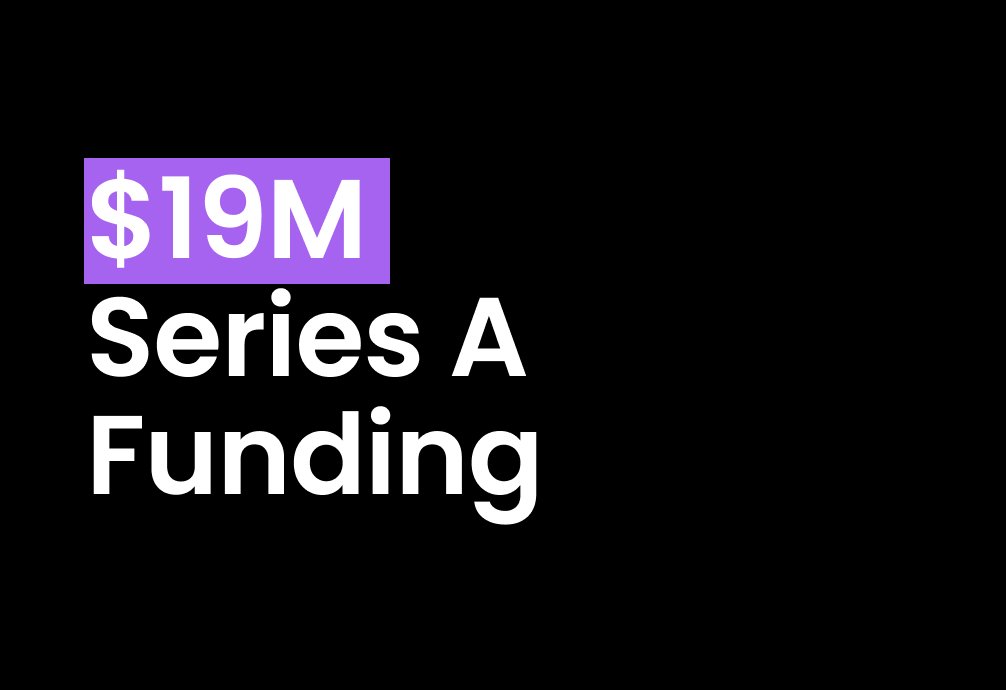

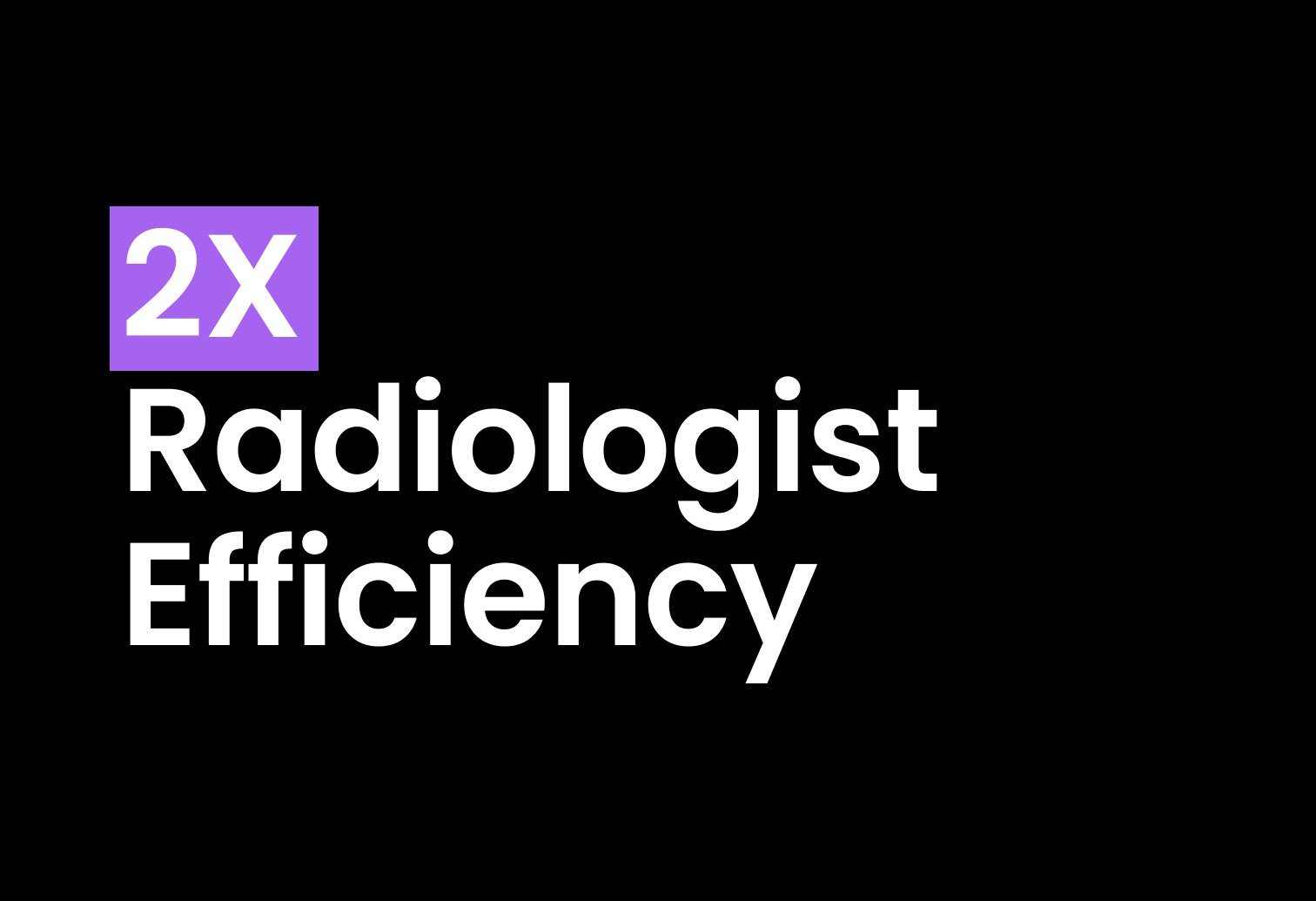
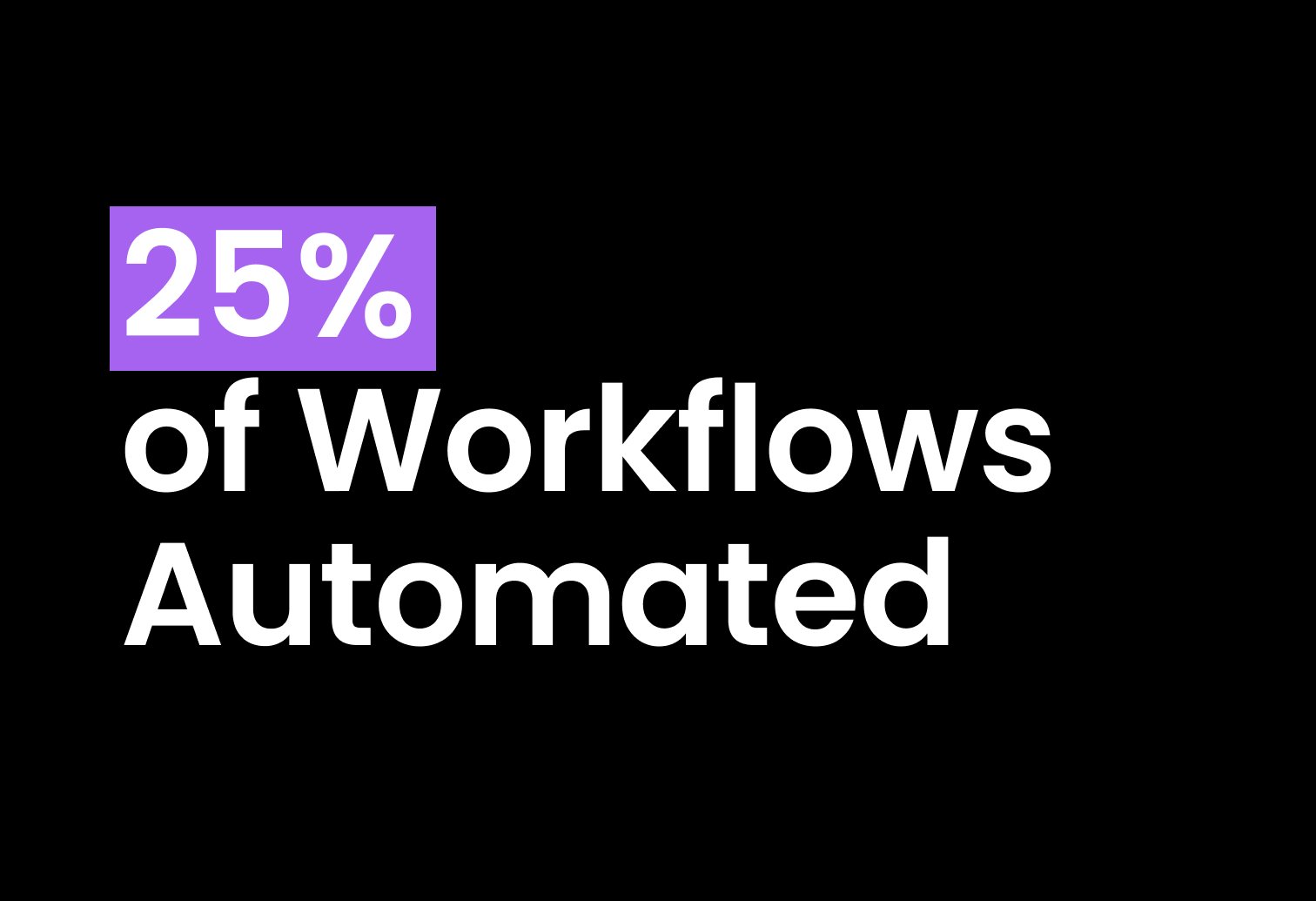
The Challenge
When I joined New Lantern, the team was working on a bold idea: use AI to transform radiology. The vision was simple but ambitious - free radiologists from repetitive, time-consuming tasks so they could focus on what really matters: interpreting images and saving lives.
Radiologists are highly specialized professionals who often work with the same software for decades:
- PACS for viewing and managing images
- RIS for patient and case information
- dictation software for reporting
These systems have been part of their workflow for decades, and while powerful, they often feel fragmented and rigid. Switching between different platforms and repeating the same manual steps is common, yet so ingrained that it has become second nature.
To design something new for these users, we had to respect those established habits - building familiarity first, then layering innovation on top. They don’t want shiny, new tools that disrupt their workflow. They want reliability, precision, and familiarity.
That was our challenge: introduce cutting-edge AI without breaking the trust of users who can’t afford distractions.
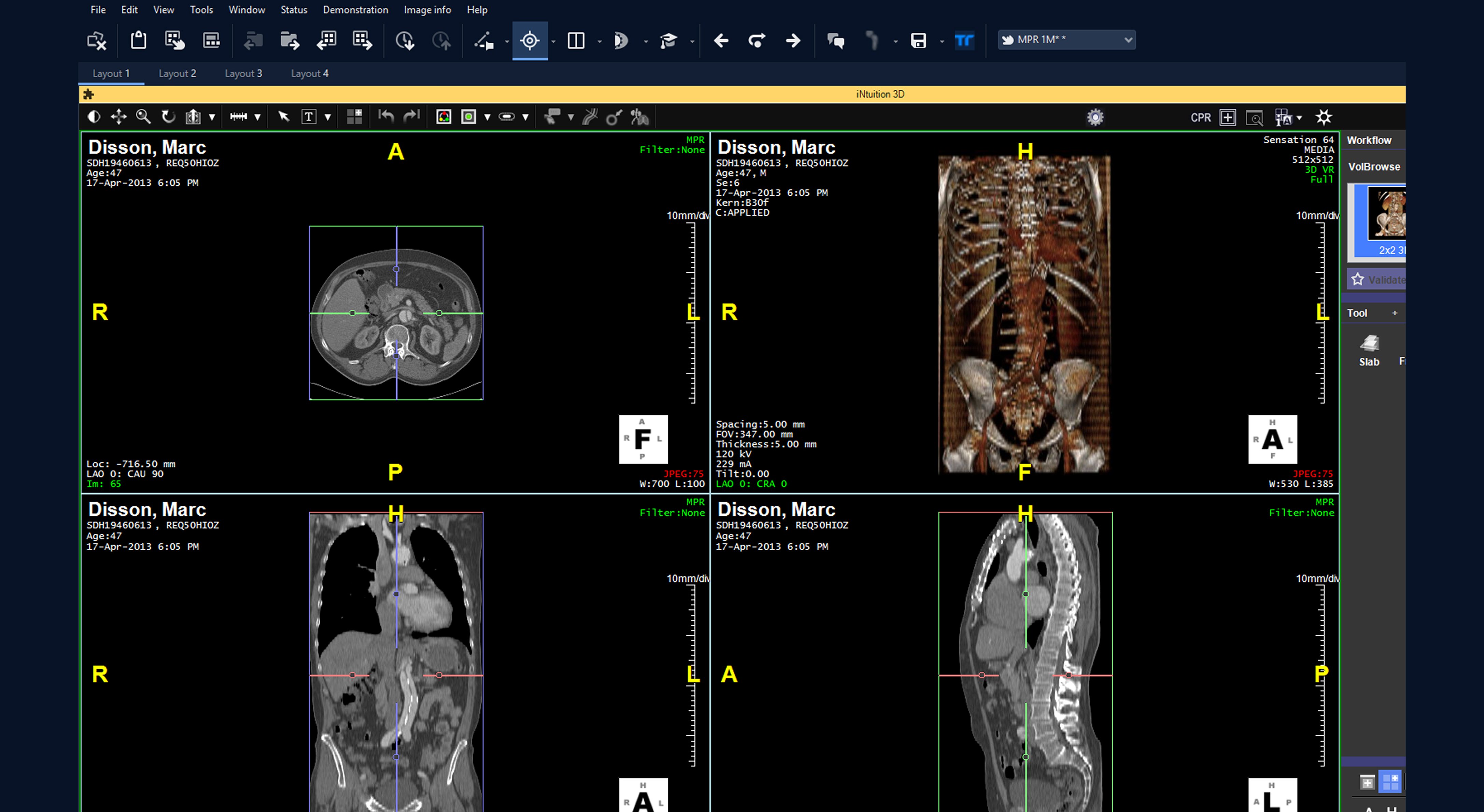
This is what Sectra PACS looks like - the top ranked in the US for being one of the best performing systems in the large-volume PACS category.
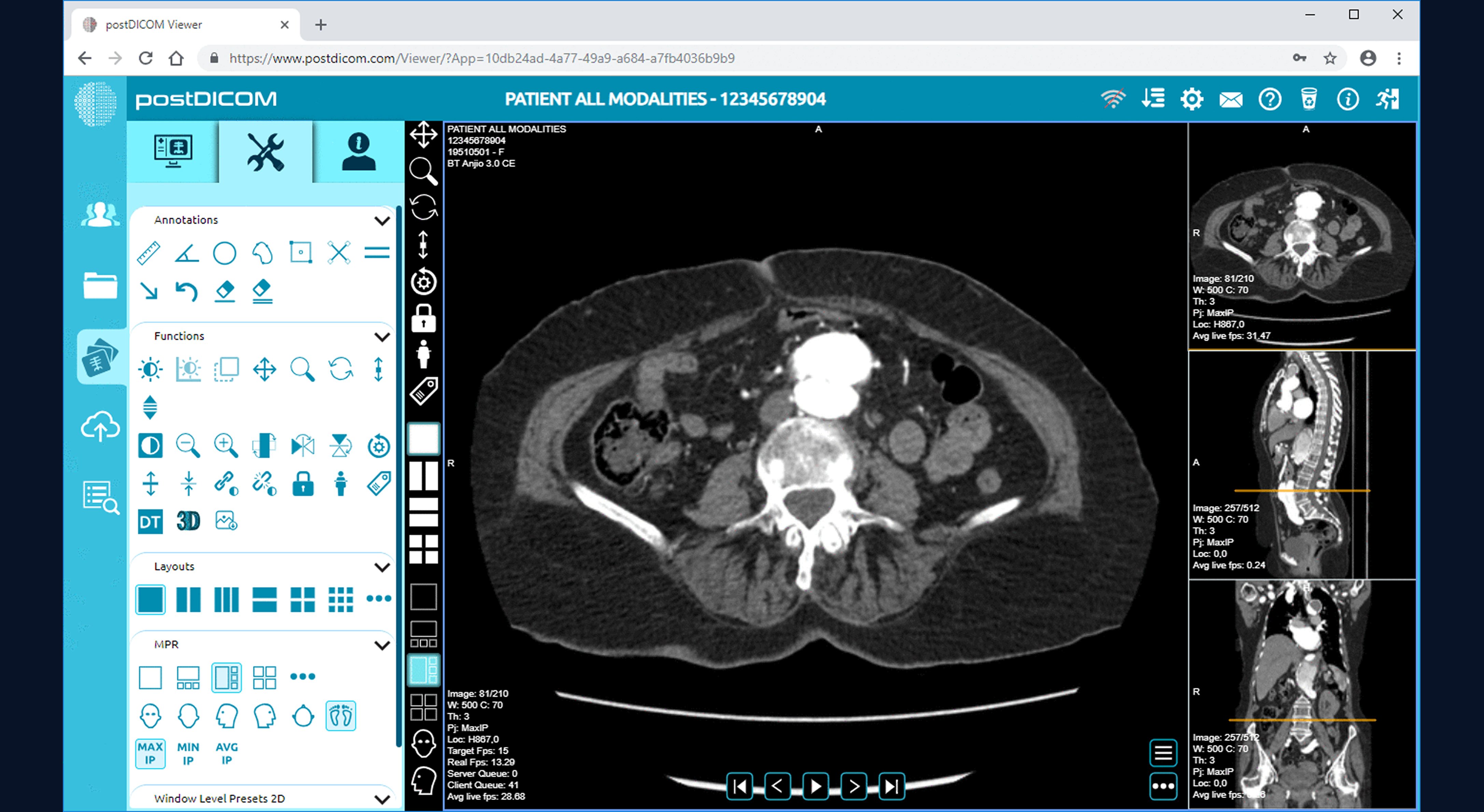
Another example - PostDICOM RIS Imaging Software Services.
Traditional viewer in action: manual zoom and measurements, one click at a time.
Understanding Radiologists Needs
My background as a nurse gave me an insider’s perspective. I already understood the pressure of clinical decision-making and the frustration of repetitive software tasks. I spent time mapping out radiologists workflows, and listening to their pain points.
I noticed recurring themes:
- Repetition is draining: measurements and reports consume hours each day.
- Critical cases could easily get lost in the queue: prioritization is often manual and inconsistent.
- Familiarity matters: above all, radiologists rely on interfaces they know; they trust tools that feel familiar - anything else risked rejection.
From these insights it was clear that our role wasn’t to reinvent their workflow. It was to make it lighter.

Designing AI as a Copilot
We began with small, focused improvements. Instead of asking radiologists to change how they worked, we asked: “What if the software quietly took care of the boring and time consuming parts in the background?”
- Measurements: AI could automatically measure structures, leaving the radiologist free to confirm or adjust.
- Prioritization: The system could gently flag urgent cases, surfacing what mattered most without shouting at the user.
- Reporting: Drafts could be pre-written, but always editable - helpful suggestions, not final decisions.
Every design choice aimed to make AI feel like a copilot sitting beside the radiologist, not a machine taking the wheel.
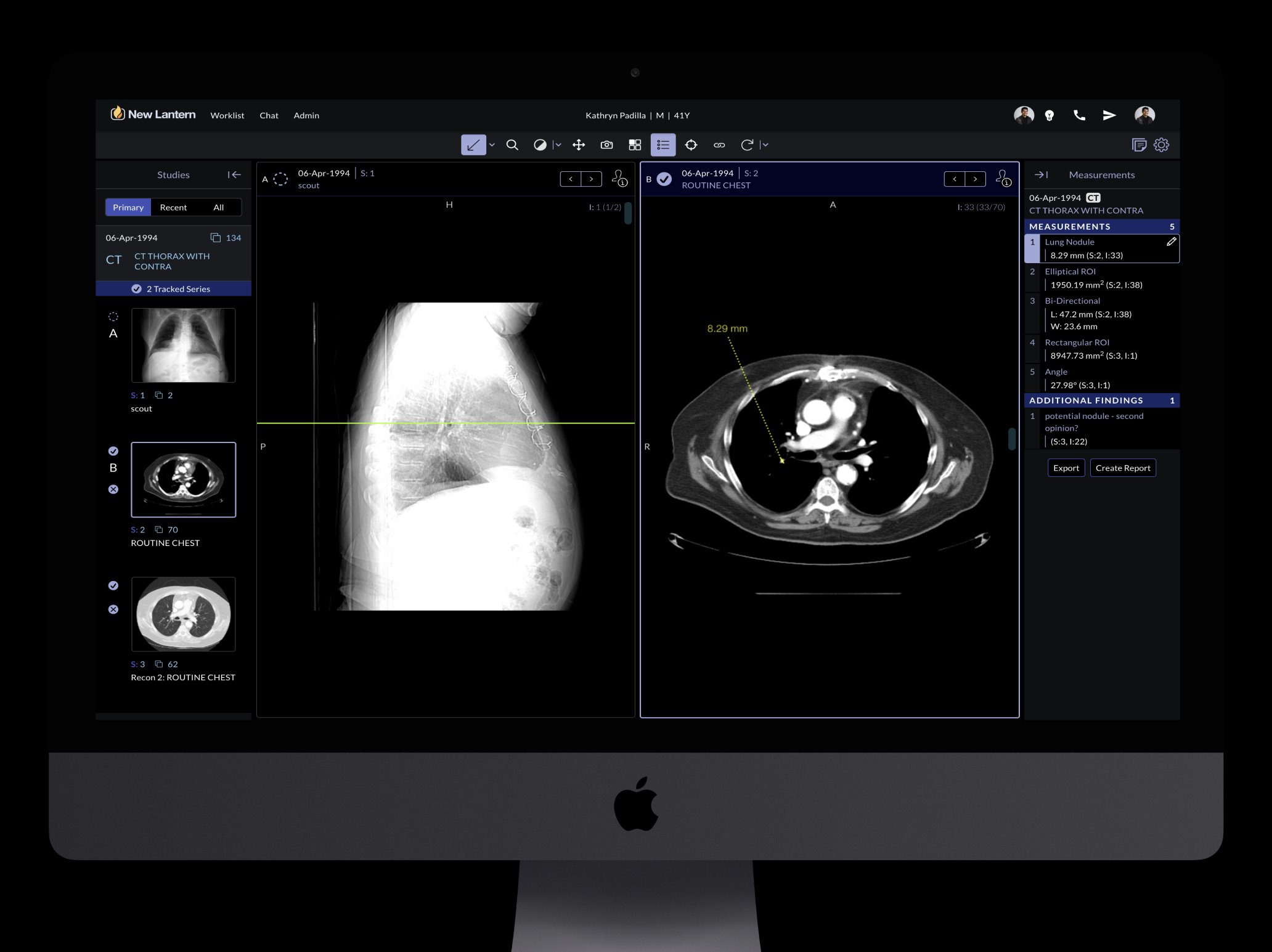
This is what the PACS Viewer looks like with New Lantern - A sleek cloud-native viewer with a next gen toolset and lightning speeds.
By letting AI handle measurements, the workflow becomes lighter and faster - one click replaces dozens, making comparison analysis seamless and efficient.
Learning Through Iteration
The first prototypes weren’t perfect.
In one version, priority alerts were not prominent enough - radiologists sometimes missed urgent studies. To fix this, we refined the color system and ensured that “STAT” cases always surfaced at the very top of the list, so critical studies couldn’t be overlooked.
As the product grew, new functionalities needed to live within the reports page. This pushed me to rethink the information architecture, rearranging elements so the page could hold more content while staying clean and usable.
At a later stage, we also introduced screen recording, allowing radiologists to capture and review sessions. I designed the entire recording flow and integrated a recordings library into the product, ensuring it felt like a seamless extension of the existing workflow.
Impact & Results
- Successful MVP Launch: Designed the entire MVP workflow and product from scratch, laying the foundation for a intuitive and scalable platform.
- 2X Radiologist Efficiency: The MVP design doubled radiologist productivity by automating repetitive tasks, following a “copilot” approach that supported (rather than replaced) their workflow, in line with the company’s strategic vision.
- $19M Series A Funding: New Lantern launched out of stealth with a $19M Series A led by Benchmark, backed by credible UX/UI that helped position New Lantern as the first cloud-native AI radiology suite.